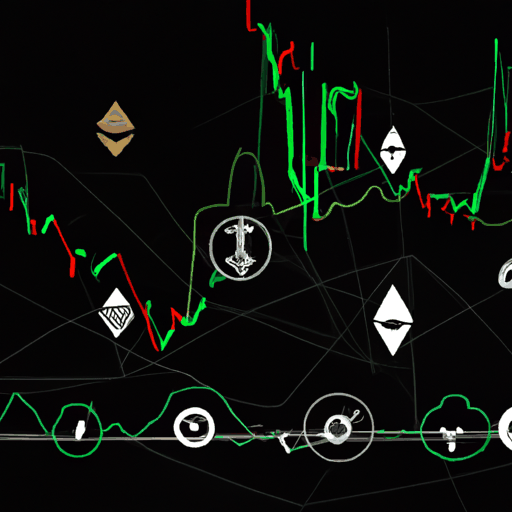
Bitcoin Surges to New Heights Amid Institutional Demand and Macro Factors
By: Isha Das
Bitcoin (BTC) surged past $66,000 on Sept. 27, marking its best September performance on record as New York opened for trading. This rally comes in the wake of economic stimulus measures in China and a US Federal Reserve policy decision to cut interest rates, sustaining recent market optimism. According to data, Bitcoin was trading at $66,200 as of press time, although some momentum has stalled with a pullback to retest support at $65,000 likely in coming hours.
The rise is fueled by sustained institutional demand for spot Bitcoin ETFs, with major asset managers like BlackRock and Fidelity Investments recording significant increases in their holdings following the rate cuts. Spot Bitcoin ETFs saw inflows of $365 million this week, the highest in over two months, reflecting a growing investor appetite for the digital asset. This demand surge comes as investors seek alternatives to traditional assets amidst economic uncertainty.
Several institutional players, including hedge funds and pension funds, have increased their Bitcoin allocations to diversify and seek yield amid inflationary concerns. As traditional assets like bonds deliver lower returns, Bitcoin's appeal as a store of value has strengthened.
Developments in China, where economic stimulus measures have boosted confidence in global markets, have also supported Bitcoin's rise. The Shanghai Composite Index recorded its best week since 2008, providing further momentum. As traders speculate on another potential Fed rate cut in November, optimism has grown across global markets, with the S&P 500 reaching new highs alongside Bitcoin.
Institutional interest remains robust, and favorable macroeconomic conditions continue to push Bitcoin’s value higher. Analysts remain bullish, with some pointing to familiar patterns of strong price action following periods of institutional accumulation. As economic uncertainty persists, Bitcoin’s recent movement highlights its evolving role as an essential player in the financial landscape.
Bitcoin could see even greater heights in the near future. Based on historical trend patterns, some analysts are forecasting that Bitcoin could reach a staggering $400,000. This ambitious target would mark a significant milestone with the cryptocurrency's market capitalization potentially surpassing $7 trillion. The Bitcoin power law, a mathematical relationship between Bitcoin's price and time, forecasts a steady increase in Bitcoin's value, with it never dropping below $100,000 after 2028 and potentially hitting $1 million per coin between 2018 and 2037.
Analysts like Ali Martinez have projected that Bitcoin’s price could surge to $400,000, based on long-term market trends and historical data. This projection is seen positively by some crypto members, although others remain skeptical, considering a more conservative target between $160,000 and $200,000 as more realistic. Bitcoin's recent upward momentum, marked by a steady rise past $65,000, supports the possibility of breaking out of a bearish trend and turning bullish.
Large holders, such as whales and sharks, have also played a crucial role in Bitcoin's price movement. On-chain analytics reveal that wallets holding ten or more BTC have been steadily accumulating additional Bitcoin over the past six months. This accumulation, amounting to $4.08 billion worth of BTC, has been pivotal in stabilizing and propping up the price during market corrections.
With Bitcoin trading above $65,000 for the first time in two months, the focus is now on whether it can maintain this momentum and achieve new all-time highs. Institutional investments have seen a resurgence, with spot Bitcoin funds witnessing consecutive days of inflows totaling $365.7 million recently. Additionally, the increase in open interest reflects growing investor confidence, potentially acting as a catalyst for further price increases.
If Bitcoin can surpass the July high of $70,162 and maintain its momentum, it could easily break into new all-time highs in the coming months. This recent price action underscores Bitcoin’s evolving role and the increasing confidence among institutional investors.



